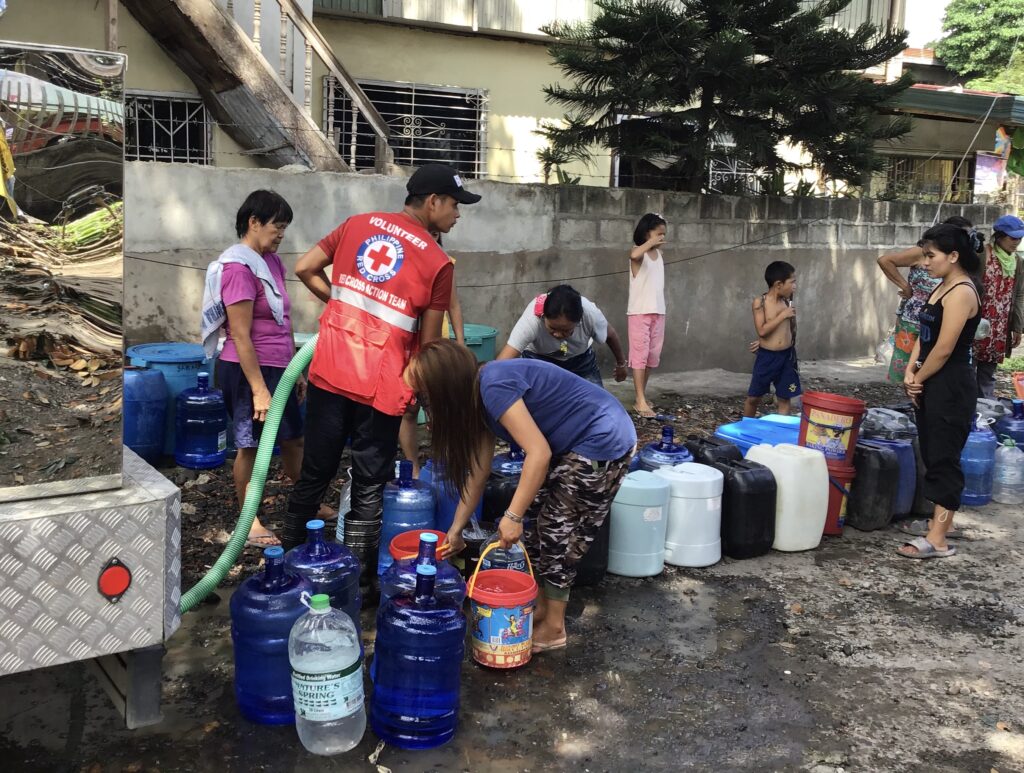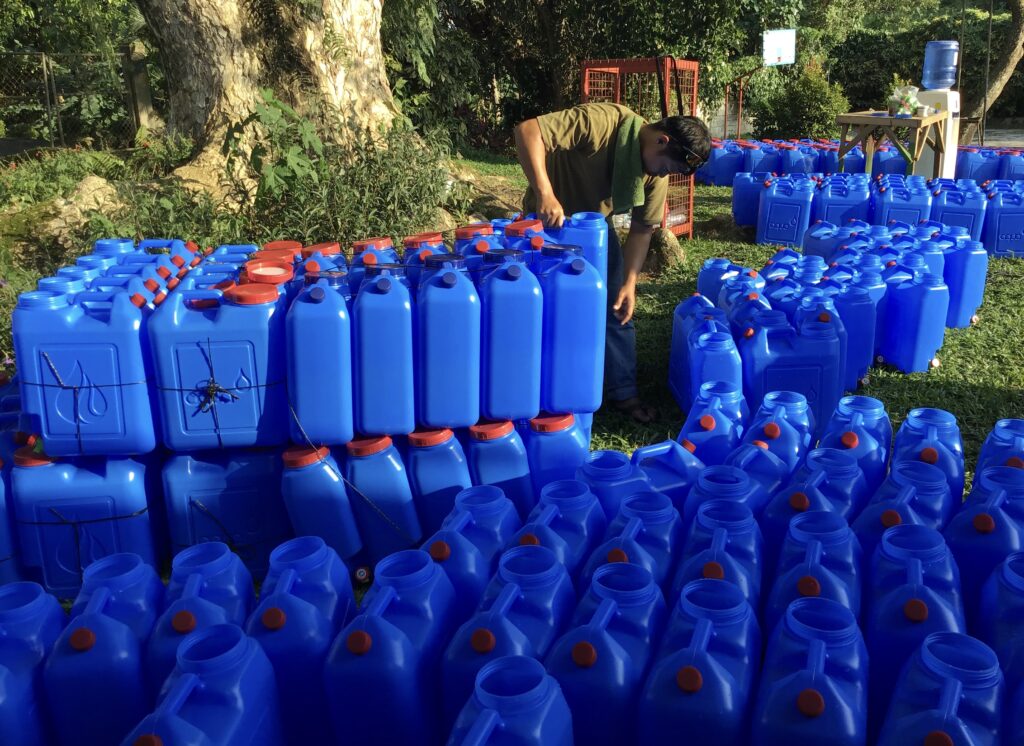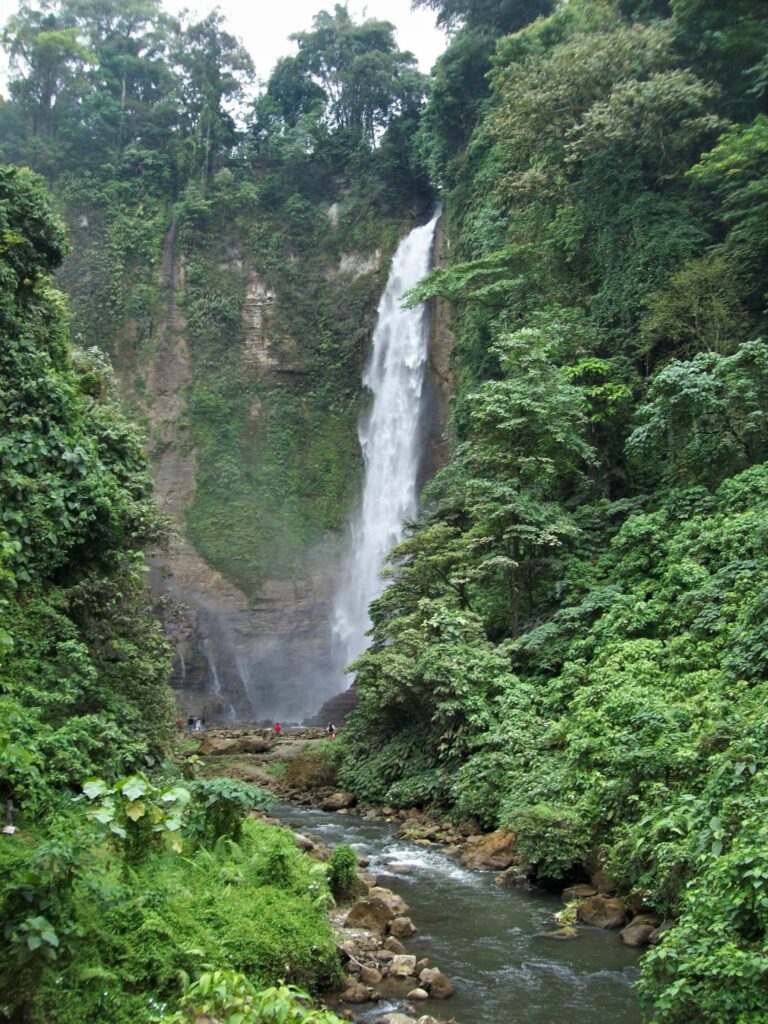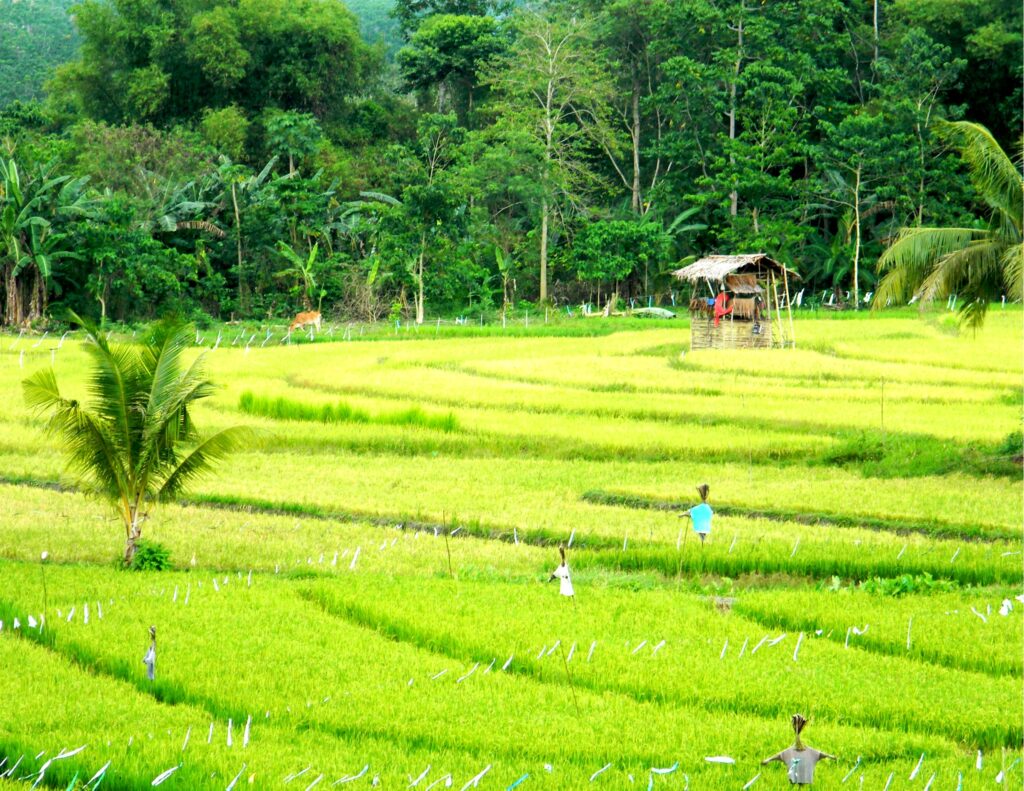Text and Photos by Henrylito D. Tacio
On March 6, 2019, about 10,000 households across Metro Manila started to lose water supplies. Five days later, the water level in La Mesa Dam – which supplies most of the metropolis’s water needs – reached 68.93 meters above sea level (masl), below its critical level of 69 masl.
“For many residents in Metro Manila, coping with a ‘water supply crisis’ has been part of their daily woes for years,” states IBON Foundation, a non-profit research, education, and information development institution.
The occurrence was literally a dry run of what was to come in the future. Metro Manila was one of the nine major cities in the country that was identified as “water-critical areas” in a study done by the Japan International Cooperation Agency some years back.
There were more cities from Luzon: Angeles and Baguio. The three cities from the Visayas were Metro Cebu, Bacolod, and Iloilo. In Mindanao, the cities most likely to have water problems were Cagayan de Oro, Davao, and Zamboanga.
“Metro Manila is currently experiencing water deficits,” a World Bank report states. “Although for some cities like Baguio, which have no shortfall considering current demand, it is known that major water shortages do occur during the summer.”

The Interface Development Interventions, Inc. forecasts Davao City will “experience a deficit of 69 million cubic meters (45% of the demand) of groundwater.” On its website, it explains: “This will likely happen considering the growing population and economic activities in the city. Added to this is the unabated destruction of water recharge areas in the uplands.”
The 21st century has been called the century of water. Currently, some 2 billion people in the world are facing water shortages. The United Nations Intergovernmental Panel on Climate Change estimated that by 2080 nearly half the world’s population would be without clean water.
“Our planet has been losing the balance between the amount of usable water and the demand, and even the balance of the ecosystem and our ability to co-exist with nature,” observed Ryutaro Hashimoto, who was chairman of the National Japanese Steering Committee of the World Water Forum when he said those words.
“The necessary sense of urgency is lacking,” said the New York-based United Nations Development Program (UNDP) in a statement. “The facts have been staring us in the face for years. While demand increases, the annual available fresh water supply per inhabitant is regularly decreasing and is expected to fall to an average 4,800 cubic meters by the year 2025 against 7,300 cubic meters in 1995.”
However, the water crisis may come sooner than what the UN body has predicted. “We are fast exhausting our surface water supplies – water consumption and use now exceed the capability of the system to renew itself,” says Terry Leckie, one of Australia’s leading water industry experts and a passionate advocate of water reform. “And the majority of groundwater sources are either already contaminated or soon will be.”
That is what is happening right now in the Philippines, where rapid population growth has been a major factor in increasing water usage over the last century. Experts claim that with an annual population rate of 2 percent to 2.3 percent, the Philippines would be facing a water shortage by 2025.
Currently, the water demands – and shortages – of many cities throughout the country are expanding. “The rapid urbanization of the Philippines, with more than 2 million being added to the urban population annually, is having a major impact on water resources,” notes the Asian Development Bank (ADB) in its Asian Water Development Outlook some years back.
Aside from rapid population growth, the Philippines’ water crisis can also be traced to degradation conditions of the environment and pollution. The ADB report said that 16 rivers were considered “biologically dead” during dry months. Some 48% of water pollution comes from domestic waste, 37% from agricultural waste, and 15% from industrial waste.

“Untreated wastewater affects health by spreading disease-causing bacteria and viruses, makes water unfit for drinking and recreational use, threatens biodiversity and deteriorates overall quality of life,” the ADB report pointed out.
In addition to pollution, wasteful and inefficient water use, saltwater intrusion, and high non-revenue water levels due to leaks and illegal connections are also placing major strains on water resources. “Combined with growing population pressures, it is becoming more difficult to provide basic water services,” the ADB study surmised.
Another reason for water shortage: degradation of watershed areas. “Land use and vegetative cover in the watersheds are very important because they affect water flow and water quality,” explained Patrick Durst, who was then senior forestry officer of the regional office of the Food and Agriculture Organization when interviewed by this author.
An example of a good watershed is a healthy forest. “This is because forests can help to relegate the flow of water,” Durst said.
A recent report from the Department of Environment and Natural Resources (DENR) said that 90% of the country’s 99 watershed areas are “hydrologically critical” due to their degraded physical condition as a result of a loss of forest cover.

Even if the country has a healthy forest, it has to contend with another problem: agriculture. “Water for agriculture is critical for food security,” points out Mark W. Rosegrant, a senior research fellow of the Washington-based International Food Policy Research Institute.
“The link between water and food is strong,” says Lester R. Brown, president of Earth Policy Institute, also based in Washington, D.C. “We drink, in one form or another, nearly 4 liters of water per day. But the food we consume each day requires at least 2,000 liters to produce, 500 times as much.”
Dr. Sandra Postel, director of the Massachusetts-based Global Water Policy Project, believes water problems will be right there with climate change as a threat to the human future. More importantly, higher global temperatures will worsen the current water problems.
“Although the two are related, water has no substitutes. We can transition away from coal and oil to solar, wind and other renewable energy sources. But there is no transitioning away from water to something else,” said the head of the group that seeks to save freshwater.
“Water is the most precious asset on Earth,” Postel said. “It is the basis of life.”
Next to air, water is the element most necessary for survival. Water makes up more than 60 percent of your body weight. Proteins make up only 18% while fats encompass 15%, minerals 4%, carbohydrates 2%, and vitamins less than one percent.
Your brain contains 74% water, blood contains 83% water, lean muscle has 75% water, and bone has 22% water. A lack of water affects everything from your digestive tract to your immune system. It also helps regulate your body temperature.

A household of five needs at least 120 liters per day to meet basic needs – for drinking, food preparation, cooking and cleaning up, washing and personal hygiene, laundry, house cleaning, according to the Washington-based Worldwatch Institute, a global environmental group.
A person needs at least 24 liters of water daily or one liter per hour. Even when he breathes, he still needs water. “Our lungs must be moist to take in oxygen and excrete carbon dioxide,” wrote Leroy Perry in a Reader’s Digest article. “It is possible to lose half a liter of liquid each day just by exhaling.”
Only 2.5 percent of the water covering over 70 percent of the earth’s surface is considered freshwater. And only 1.3 percent is available for human use since most freshwater is trapped in glaciers, ice sheets, and mountainous areas. Freshwater is drawn either from wells (tapping underground sources called aquifers) or from surface flows (like lakes, rivers, and man-made reservoirs).
“There is no water on earth now than there was 2,000 years ago,” notes the US National Wildlife Federation, which has been working for years to protect water resources not only in the United States but throughout the world as well. “This limited supply of freshwater must meet the needs of a human population that has tripled in the last century and continues to grow at almost 80 million people per year.”
“Whiskey’s for drinkin’,” Mark Twain once wrote. “But water is for fightin’ over.” Sir Crispin Tickell, one of the 1992 Earth Summit organizers in Rio de Janeiro, agreed: “The world has got a very big water problem. It will be the progenitor of more wars than oil.”

